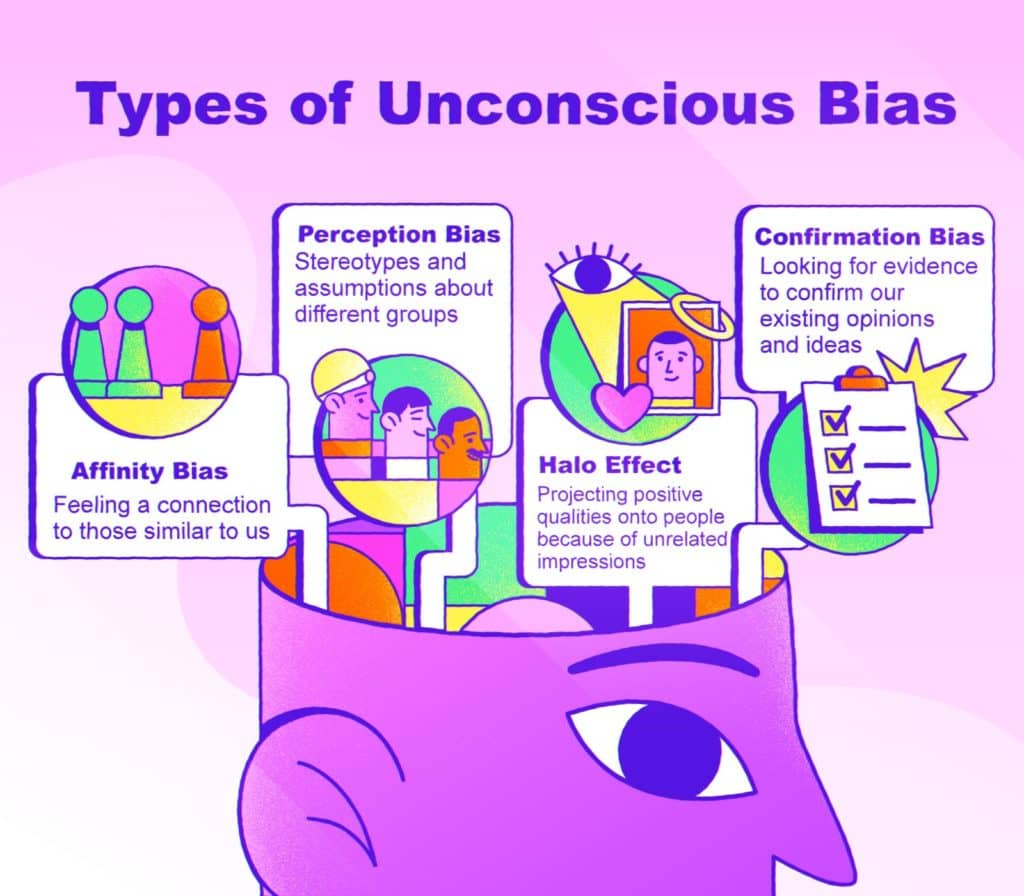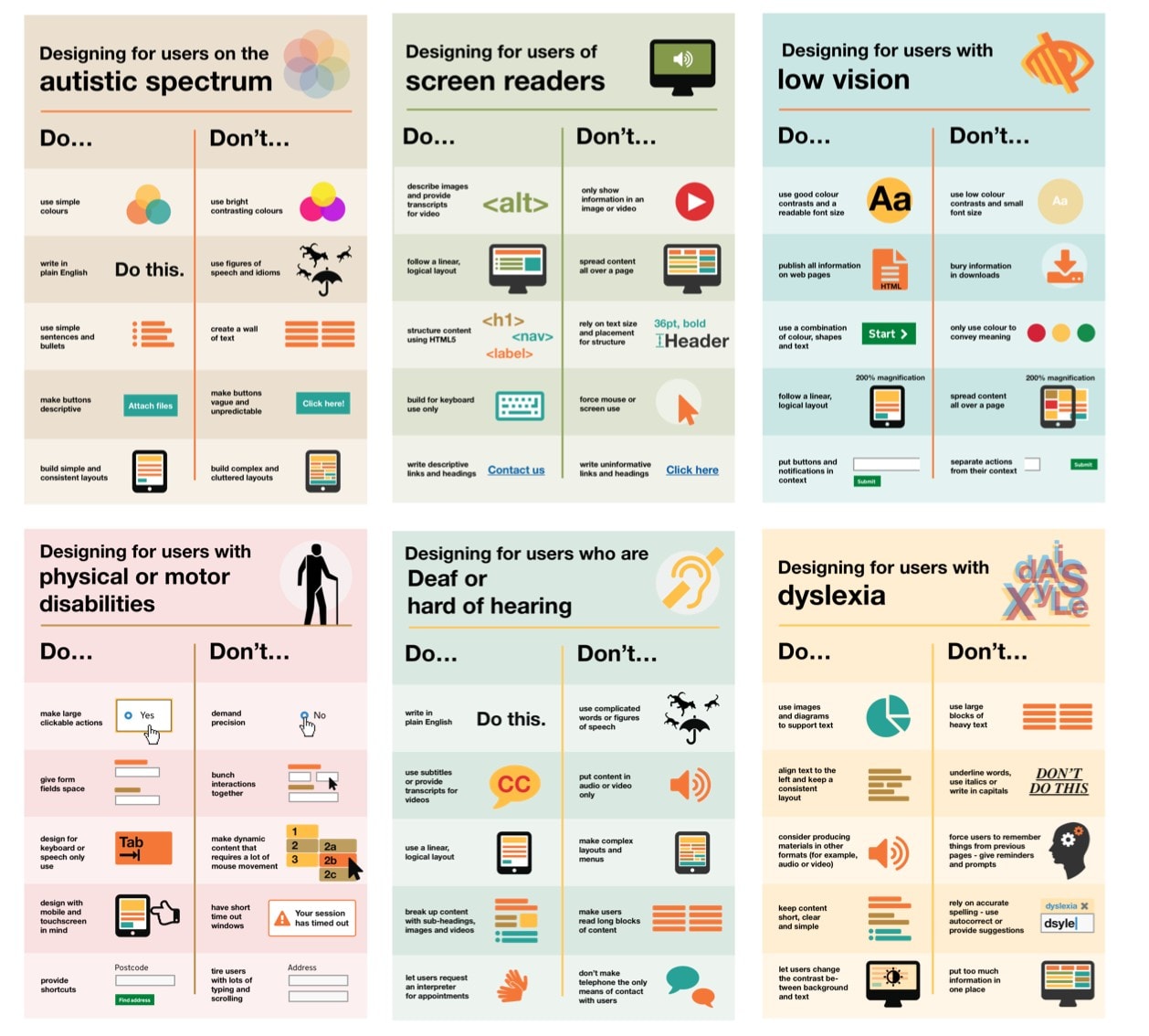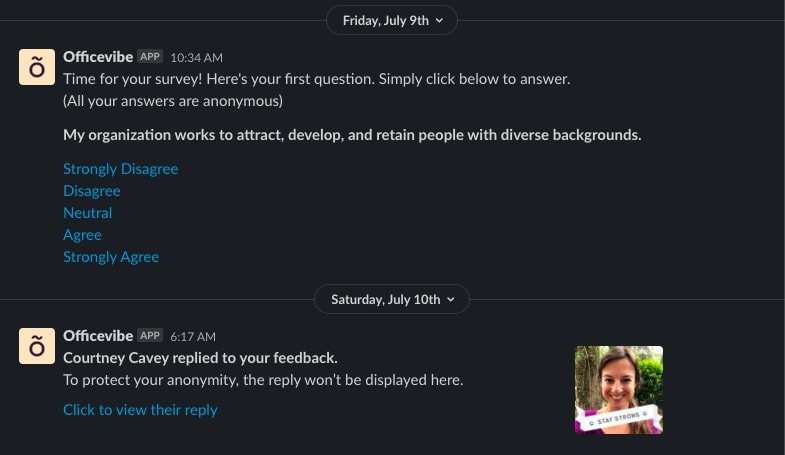In an increasingly digital corporate landscape, what does remote work diversity and inclusion look like? While inclusion may not exist in a traditional, physical sense for remote teams, it’s still equally important.
Teams are no longer limited to an applicant pool of nearby commuters. Increasing numbers of digital nomads and freelancers have helped teams become multinational.
With this evolution comes an increased responsibility to become more inclusive. Even if your company isn’t global, you probably still interact with clients, vendors, and colleagues worldwide, so remote work inclusion is crucial.
If you want to modernize and improve your approach to diversity and inclusion in a remote environment, it’s best to start by understanding what inclusivity means.
Boost your team’s efficiency with Hubstaff's productivity tools
Diversity, Equity, Inclusion, & Accessibility: What’s the difference?
DEIA is an acronym that stands for Diversity, Equity, Inclusion, and accessibility. While these four concepts share many similarities and overlap, they also have key differences.

Here’s how we can define each:
- Diversity: Diversity involves actively recruiting individuals across all spectrums, such as race, culture, gender, age, and language.
- Equity: The acknowledgment that not all individuals have the same starting point. Some may need Extra steps or accommodations so that opportunities are available to all.
- Inclusion: Acceptance and appreciation for an individual’s unique qualities without enforcing conformity.
- Accessibility: Ensuring that all individuals can access and use the same resources, equipment, and facilities.
Regarding DEIA, the “diversity” aspect usually gets the most attention. In remote work, hiring a diverse and inclusive workforce by expanding the talent pool globally is somewhat easy — but that diversity doesn’t always lead to an inclusive workplace.
That’s why we’ll be focusing primarily on inclusion in this post. That said, many of the practices mentioned are beneficial for improving every aspect of DEIA for your remote employees.
What makes a remote inclusive workplace?
As mentioned, it’s not enough to hire a diverse workforce of global talent. A truly inclusive workplace values each person’s contributions and strives to help them reach their full potential regardless of their background, identity, or circumstances.
However, creating inclusive policies and procedures is only half the battle. To truly have an inclusive remote workplace, these values must be practiced from the top down. One of the best ways to truly showcase inclusivity is acknowledging your privilege as a leader.
Take it from Madison Butler, CEO of Blue Haired Unicorn:
“If you’re a business builder who truly wants to create an inclusive workplace, you have to educate yourself on the identities of others and maintain awareness of your privilege as a leader — leaders have the power in their hands to create change.”Madison Butler
CEO/Founder
Blue Haired Unicorn
Regardless of seniority, role, or status, all team members should feel empowered to call out exclusive practices when they encounter them. Managers must establish relationships that facilitate open communication in these situations — which is especially difficult for a remote team.
Promoting an inclusive work environment isn’t just about making people feel good, though.
Inclusion is about engaging teams. The more engaged your people are, the more likely they are to be happy, healthy, and productive.
Remote inclusion best practices
Organizations can (and should) take steps to promote inclusion in the workplace, but not all changes have to be monumental. There are many small actions that contribute to a safe and comfortable environment.
1. Reassess your vocabulary
What are you really saying when you speak? Language doesn’t just communicate the concept we’re trying to share. It also reveals important insight into our backgrounds, attitudes, beliefs, and perceptions.

Remote teams need to be aware of the words they use and how they read to others — especially without the luxury of nonverbal cues, tone, and other body language that in-office teams can more easily identify. Here are a few ways to make language more inclusive for your remote teams:
- Use gender-neutral language. Avoid gender-coded language and create a culture of respecting each individual’s preferred pronouns. If you’re unsure, simply use “they.”
- Eliminate slang. Slang doesn’t always translate well across language barriers and can also have unintended consequences. For example, “lame” is a popular slang word meaning boring or stagnant. It’s also used to refer to people with impaired mobility, so it can have unintended ableist connotations.
- Create inclusive job listings. When writing job postings, look for words implying the job is more suitable for a particular demographic. You should eliminate words like young, recently retired, or able-bodied. These terms may alienate prospective candidates.
If you’re unsure how to communicate something correctly, look it up. If you do make a mistake, don’t argue. Hear the person out and apologize.
In short, ask yourself:
- What do the words I use really mean to others?
- Are my unconscious biases affecting my communication style?
- Is my word choice and communication style accommodating to all?
2. Optimize remote environments
For businesses that work on-site in a physical office, creating an inclusive work environment means prioritizing accessibility needs in terms of lighting, ramps, elevators, and signage. But no matter how well-intentioned you are, it can be hard to cater to your team’s unique needs.
By allowing your teams to work from home, you put them in the most comfortable environment possible. They’ll have full control over lighting, air quality, flooring, and the overall ergonomics of their workspace.
You can even provide benefits like an annual technology stipend, allowing remote workers to choose how they want to spend it. Some may prioritize their mental health, while others address physical needs. This way, everyone is in full control and can better create the environment they need to be successful.
Working from home can also help with workplace morale. It’s easier to establish a healthy work-life balance that ensures team members prioritize their mental health.
You might even consider utilizing a time tracking tool. This can help you implement an asynchronous environment where teams can work the most comfortable hours while your business benefits from 24/7 coverage.
3. Check what’s on your calendar
Altering your calendar is one of the easier changes to make.
Look at your work calendar and evaluate which holidays and events are posted. Most Western organizations will have the same standard bank holidays marked off. But is that really a reflection of your company culture? Ask yourself:
- What significant holidays and events do you acknowledge?
- Will you provide PTO for them?
- Is there a culture of working through holidays to meet deadlines?
Much like optimizing remote work environments, sometimes the best one-size-fits-all solution is to simply include a special PTO class for holidays.

Look at your work calendar and evaluate which holidays and events are posted on it. Most Western organizations will have the standard Christian holidays marked off.
But ask yourself these questions, too.
- What significant events do you acknowledge for other cultures and religions?
- Are employees given time off for these days, or do they have to use PTO?
- Are your maternity and paternity leave policies aligned with your values?
A more challenging obstacle is addressing the social events your company holds for employees.
- What opportunities do you provide for employees to share their different cultures and experiences?
- If you have a company event, what sort of food do you serve? Are there enough options for different dietary requirements?
- If you throw a Christmas party, do you also have events for Eid, Diwali, and Rosh Hashanah?
- Do you celebrate engagements and other relationship milestones for same-sex couples the same way you celebrate heterosexual couples?
You may choose to refrain from faith-based events at your company at all, which is fine. Other events you might consider are things like Black History Month, Pride Month, and Women’s History Month. Does your company participate in these celebrations?
More importantly, do you support these communities all year round, or is your support an example of woke corporate capitalism?
Subscribe to the Hubstaff blog for more tips
4. Provide appropriate recognition
Unconscious bias is something we’re all vulnerable to. It’s difficult to address because it’s embedded into our typical thought process. Your unconscious bias can even contradict your conscious values.
How do you handle it?
One method is through increasing your self-awareness. When you have a thought or impression about someone, ask yourself:
- What influenced my perception?
- Did the person say or do something specific that created that association?
- Would you have taken the same action with a different person or under different circumstances?
If you have difficulty answering these questions about a specific person or instance, it’s probably due to bias. Here are a few common types of bias you should work to eliminate wherever possible:
- Unconscious Bias. Unconscious bias occurs when someone assumes a person based on false beliefs or stereotypes. With this in mind, unconscious bias doesn’t always have to be negative.
- Affinity Bias. It’s equally possible to think favorably of someone because you feel similar. Experts refer to this phenomenon as affinity bias. You may even put your colleagues on a moral pedestal.
- Halo Effect. The halo effect causes us to view people more favorably if we notice something we like. For example, if you like how someone dresses, you’re more likely to assume that they are competent, professional, and organized, even though fashion and professional skills are unrelated.
- Confirmation Bias. Confirmation Bias occurs when one’s opinion clouds one’s judgment. Those guilty of Confirmation Bias prioritize evidence that supports their opinion over finding the right answer.

Unconscious bias is present in interview and hiring practices, but it also poses problems day to day. A common instance is gender bias in the workplace.
For example, gender bias may occur when a woman makes a suggestion that is either dismissed or ignored, and then a male colleague makes the same suggestion and receives praise.
While this scenario is obviously unfair, it also has long-term consequences. Most women will leave this situation feeling frustrated and unheard. Over time, they may be less motivated, unwilling to contribute ideas, and more likely to seek employment elsewhere.
Addressing bias
Establishing a system where people are recognized for their ideas and achievements is necessary. Keep a record of who gets recognition most often and why. Ask yourself:
- Are there groups/individuals who never speak up in meetings?
- Why is this the case?
- What can I do to help?
Ensure that your employees have an equal chance of being heard and that they both know and believe they have an equal voice in your organization. This will not only help you attract job seekers with diverse backgrounds, but also retain talent.
5. Build a culture of belonging
An inclusive workplace is about much more than productivity. Just because you have a diverse team of individuals performing their job abilities and meeting expectations doesn’t make the environment inclusive.
People want to belong. Humans are social creatures and generally prefer to work together. That said, it’s easy for cliques and subgroups to form — even in a remote environment.
These groups get even smaller when we consider the concept of intersectionality. We are more than our race, gender, class, or religion. Our identities start to take shape where these characteristics intersect.
The best leaders can take pride in what makes them unique but also see their identity as an opportunity to empathize with others:
I acknowledge my intersectional identities, but I also acknowledge my privilege. I am a Black queer woman, but I am also a citizen. I am a college graduate. I am a native English speaker. I come from a decent, middle-of-the-road socioeconomic status. I try to be constantly aware of the privilege that comes with those things so I can leverage it and harness that power to uplift others.”Madison Butler
CEO/Founder
Blue Haired Unicorn
Leadership must set an example for inclusive behavior. This is the only way for it to become an integral part of your remote company culture. If inclusivity isn’t a core value for everyone, you simply won’t have an inclusive workplace.
You can ensure that inclusivity is built into your organization in two main ways: trust and communication.
- Trust. Foster a trust culture where leadership is approachable and accessible and create scenarios where employees can engage with leadership one-on-one or in small groups. Treating your employees as unique individuals shows that they have value for an organization, as those who don’t feel valued are likely to move on.
Communication. The best work environments promote open and honest communication. Each team member must feel confident they can go to their manager with an issue and receive the appropriate support.
Communicate like a pro.
Download the Hubstaff Communication Manifesto for free.
Compliance with diversity legislation
The Universal Declaration of Human Rights (1948) and the International Covenant on Economic, Social, and Cultural Rights (1966) were important and necessary first steps the UN took to promote diversity within a global workforce.
Legislation alone is not enough to truly effect change. That legislation needs to be accepted, implemented, and enforced.
The UN has put forth these initiatives, but not everyone agrees. Regulations that apply in one country may not be suitable or adequate for another.
Individual managers need to be well-versed in the laws and regulations in their own location, but they’ll need to do more if they manage distributed teams. By taking both regional and company-wide laws into account, it becomes easier to ensure everyone on your team is treated equitably.
How do I promote inclusion in my workplace?
Creating an inclusive workplace can be a challenging task. There are many costly options for improving workplace inclusivity, but there are also more affordable steps you can take right now.
For example, the UK Home Office has created a set of posters with easy-to-follow guidelines to help optimize websites for people with sensory processing challenges like dyslexia and low vision. Follow the link to download the posters and view them in full size.

(Source)
The most effective thing you can do is communicate with teams and customers.
Ask what they need and how your inclusion practices work for them — or don’t. It’s important to check in regularly as the company, your workforce, technology, and circumstances evolve.
Surveys, focus groups, and one-on-one discussions are a good way to touch base and let people share their experiences working on your team.
Make sure you segment the results of these discussions by minority groups, though. If you only look at the total numbers, you may miss out on an opportunity to address issues faced by smaller groups.
That being said, make sure to invite majority groups to some of these conversations, too. Inclusion initiatives can fall short when they focus too much on smaller segments of the group.
Isn’t it more inclusive for everyone to understand the concerns and needs of their peers?
“What good are [these] initiatives if people in the majority don’t feel welcome in the conversation?”Damien Hooper-Campbell
Chief Diversity Officer
eBay
It’s also a good idea to install an employee suggestion box for people to provide feedback anonymously, as some team members may feel uncomfortable giving feedback publicly, so a suggestion box will encourage them to speak up about any issues they’re having.
You can do this virtually with a tool like OfficeVibe. However you do it, make sure that your feedback system is accessible to everyone and that your team trusts that it’s anonymous.

Those in under-represented groups who are significantly different from their colleagues often use what’s called “identity cover,” where they hide these parts of themselves at work due to fear of negative reactions.
This fear means they are less likely to voice any concerns for fear that they won’t be taken seriously, will be told they’ve misinterpreted the situation, or will be dismissed due to stereotypes.
An anonymous channel allows these individuals to have their needs met while also not being stigmatized as “uptight.” It also shows them that leadership cares about their well-being.
Conclusion
Inclusion is a continuously evolving process. You will never reach a point where you are “inclusive enough.” You may be able to meet your current staff’s needs, but new hires may have needs that you didn’t anticipate.
This is why communication is your greatest tool. You probably will make a mistake by misunderstanding a need, acting on a piece of misinformation, or mispronouncing a name.
The important thing is to acknowledge your imperfections and ask what can be done to prevent them in the future.
You’ll never be able to fully predict your team’s every need — but that’s the point. At the end of the day, inclusion is about listening to and addressing the concerns of others.
About the author – Leks Drakos

Leks Drakos is a rogue academic with a Ph.D. in contemporary fiction from the University of Kent (Paris and Canterbury). In addition to writing for Process Street, his research interests include post-apocalyptica, contemporary fiction, and monster studies. Twitter: @leksikality [he/him]
Most popular
The Fundamentals of Employee Goal Setting
Employee goal setting is crucial for reaching broader business goals, but a lot of us struggle to know where to start. American...
Data-Driven Productivity with Hubstaff Insights: Webinar Recap
In our recent webinar, the product team provided a deep overview of the Hubstaff Insights add-on, a powerful productivity measurem...
The Critical Role of Employee Monitoring and Workplace Security
Why do we need employee monitoring and workplace security? Companies had to adapt fast when the world shifted to remote work...
15 Ways to Use AI in the Workforce
Whether through AI-powered project management, strategic planning, or simply automating simple admin work, we’ve seen a dramatic...





